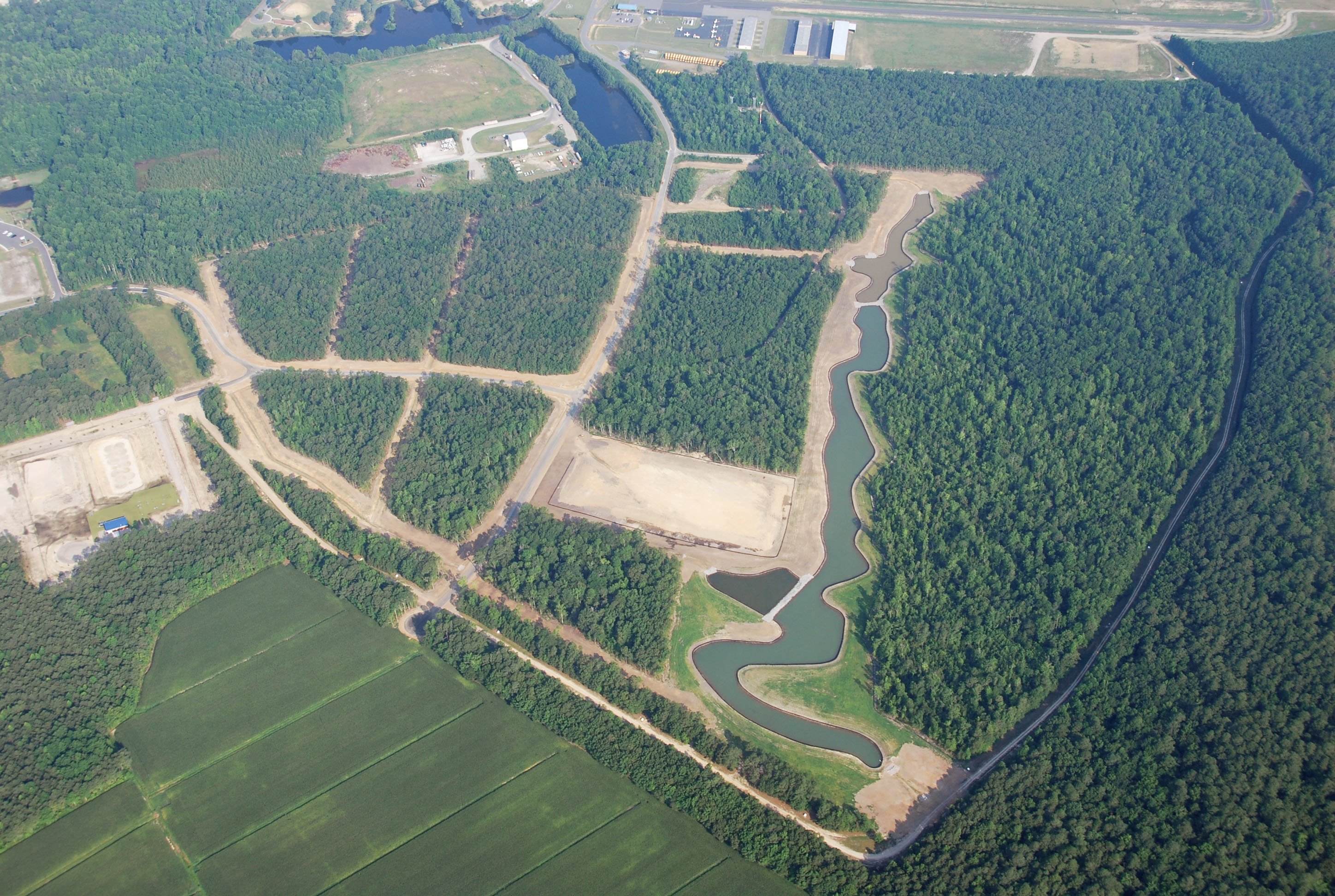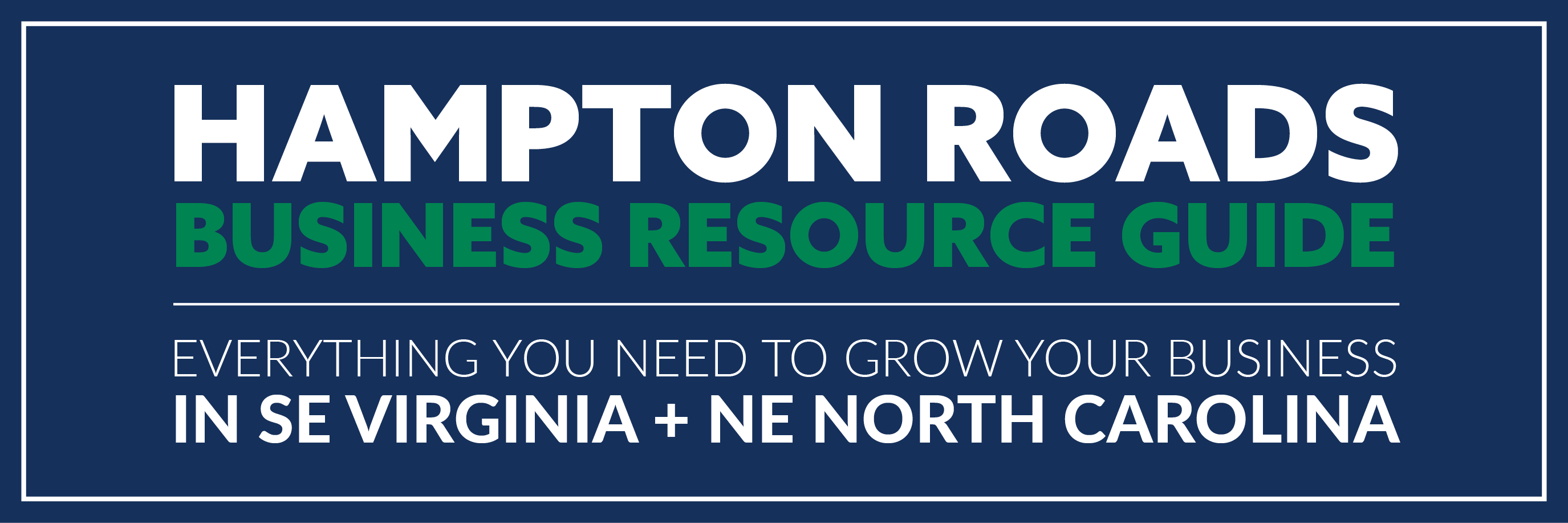New Era for Development: Mid-Currituck Certified as Opportunity Zone
by Think Currituck, on 5/21/18 4:57 PM
A national program designed to accelerate community growth and investment will help attract capital and economic opportunity to Currituck County
It turns out that great news for North Carolina business is even better news for the Currituck County economy.
On April 20, 2018, state officials submitted a list of 252 proposed North Carolina Opportunity Zones to the United States Treasury. Each area hoped for a spot in a new program designed to bring capital and new development to underserved communities.
On May 18, 2018, the U.S. Treasury certified the entire list.
“We’re pleased that communities in every corner of our state will be able to utilize this new development tool,” said Napoleon Wallace, Deputy Secretary at the North Carolina Department of Commerce. “With the certification of our proposed zones, our local and regional partners can accelerate their work to identify and prepare projects and investments in their areas suitable for equity capital.”
What does that mean for Currituck County?
Census tract #37053110302 is now an officially certified Opportunity Zone.
The tract encompasses a significant portion of middle Currituck, including Maple, Barco and Shawboro. The Currituck County Regional Airport is covered. So is Maple Commerce Park.
There are already a number of projects under development or planned in the area including:
• Planned 75 room hotel project in Barco
• 60,000-sq-ft Public Safety Building (2020) in Maple
• 85-acre, site-ready, state-certified Maple Commerce Park
• Intracoastal Waterway lay-down site for Mid-Currituck Bridge in Coinjock
• Future waterfront mixed-use redevelopment on Intracoastal Waterway
The certification of the land as an Opportunity Zone will help accelerate those projects and hopefully stimulate more interest and investment in the area.
What exactly is an Opportunity Zone?
Opportunity Zones were first proposed in a white paper published by the non-profit Economic Innovation Group (EIG).
Simply put, the program provides capital gains tax benefits to investors who develop real estate or fund businesses inside the designated zones. According to the white paper’s authors, the idea is to “empower entrepreneurs and investors to forge a more dynamic economy throughout America.”
Recently passed federal legislation, known as The Tax Cuts and Jobs Act (H.R.1), made Opportunity Zones a reality. The legislation also permitted each state to identify up to 25 percent of its total low-income census tracts as qualified Opportunity Zones.
Low-income census tracts are defined as areas where the poverty rate is 20 percent or greater and/or family income is less than 80% of the area’s median income.
Investors can invest unrealized capital gains in what's called a qualified Opportunity Fund. Opportunity Funds are private sector investment vehicles that invest at least 90 percent of their capital in Opportunity Zones.
EIG outlines that incentives for investment include:
• A temporary tax deferral for capital gains reinvested in an Opportunity Fund.
• A step-up in basis for capital gains reinvested in an Opportunity Fund.
• A permanent exclusion from taxable income of capital gains from the sale or exchange of an investment in a qualified opportunity zone fund, if the investment is held for at least 10 years.
What happens next?
According to a news release from the NC Department of Commerce, the Treasury is still in the process of developing the final guidelines and criteria. The release noted that “there is no clear timeline for when capital may begin to flow, but earliest estimates point to late 2018 or early 2019.”
For a more detailed explanation
of the incentive and its benefits,
check out this PDF from EIG.
Once the rules are set, according to EIG, “it will be up to investors and fund managers — venture and angel capital partnerships, private equity firms, investment banks, community development financial institutions, the philanthropic community, and other components of the financial sector — to set up investment vehicles and create the market for this exciting new asset class.”
A wide variety of investments and projects will be eligible including new and expanding businesses, affordable housing, infrastructure, energy and commercial developments.
On its website, EIG wrote that the program’s flexibility, combined with the group’s estimate of trillions of dollars of untapped capital could mean “the dawning of a new era in economic development and community investment.”



